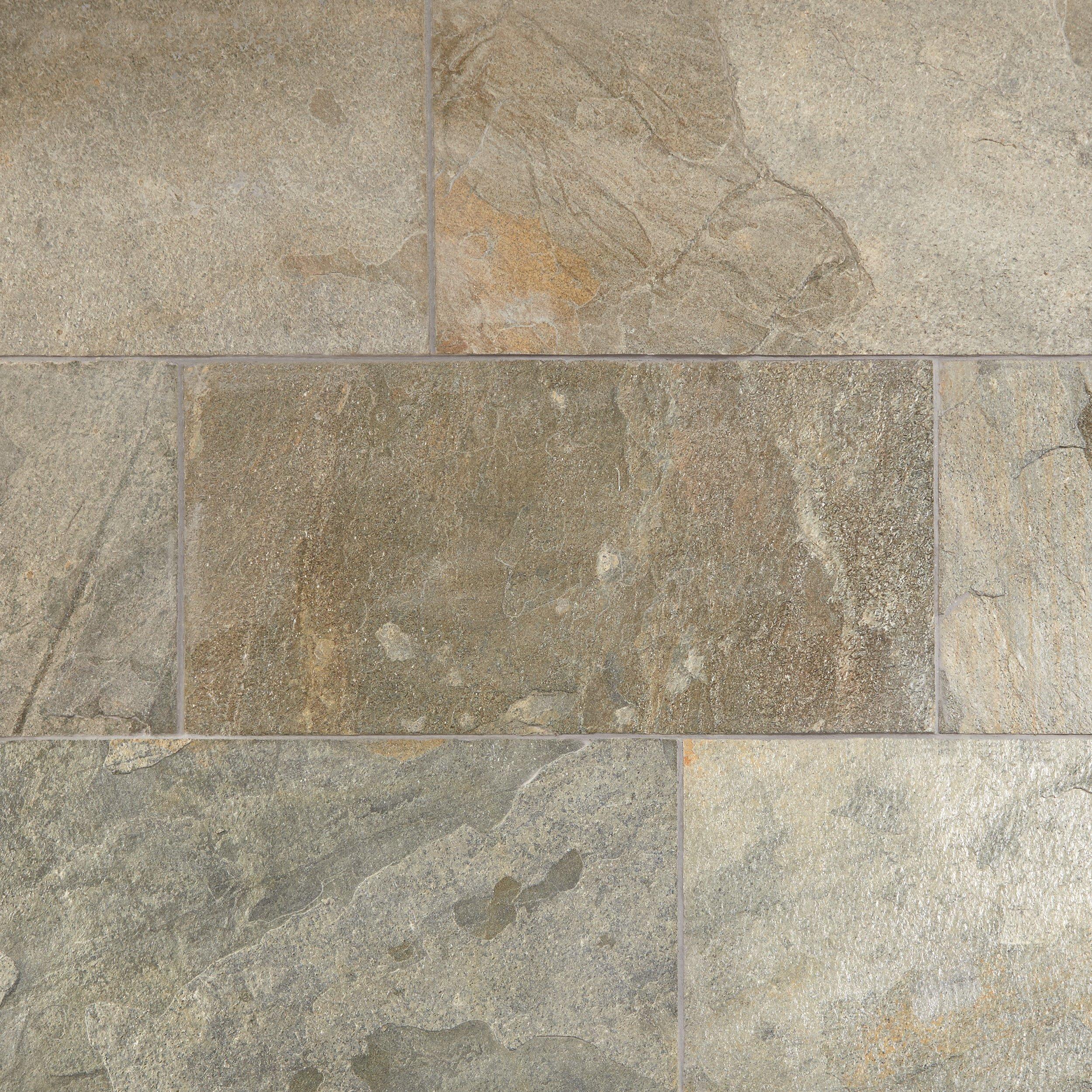Introduction:
Cultured stone, also known as manufactured stone or faux stone, has gained enormous popularity in the realm of architectural design and construction. Offering a cost-effective alternative to natural stone, cultured stone provides a versatile and durable option for both interior and exterior applications. Among the many sources of cultured stone, Mexican cultured stone stands out for its remarkable craftsmanship and unique cultural heritage. This article delves into the rich history, exquisite craftsmanship, and enduring beauty of Mexican cultured stone, highlighting its significance in contemporary architectural design.
1. Historical Roots and Cultural Significance:
Mexican cultured stone is deeply rooted in the country's rich cultural heritage, dating back centuries to the pre-Columbian era. Mexican artisans drew inspiration from ancient Mesoamerican civilizations such as the Maya, Aztec, and Olmec, incorporating their artistic traditions into the creation of stunning stone structures. The use of stone in architecture was not merely utilitarian but held great symbolism and religious significance. Mexican cultured stone carries these cultural legacies, evoking a sense of tradition and history in modern architecture.
2. Traditional Craftsmanship:
The production of Mexican cultured stone involves skilled artisans who meticulously replicate the textures and colors of natural stone. These craftsmen employ traditional techniques passed down through generations, ensuring the authenticity and quality of each piece. From hand-carving intricate designs to hand-painting finishes, every step in the manufacturing process is a testament to the artisan's dedication to preserving the cultural heritage while embracing contemporary design aesthetics.
3. Fusheng of Mexican Cultured Stone:
Mexican cultured stone offers an incredibly diverse range of options, allowing architects and designers to create captivating and unique spaces. From rustic adobe-inspired finishes to sleek contemporary designs, Mexican cultured stone caters to a wide variety of architectural styles. The range of available stone types, such as limestone, travertine, and volcanic rock, further enhances the versatility of Mexican cultured stone. Whether used in wall claddings, fireplaces, or flooring, the array of textures and colors available ensures that each project can achieve its desired aesthetic.
4. Sustainable Building Material:
Apart from its aesthetic appeal, Mexican cultured stone also exemplifies sustainability in the construction industry. The manufacturing process involves the use of natural and recycled materials, reducing the environmental impact often associated with quarrying natural stone. Additionally, the lightweight nature of cultured stone reduces transportation costs and energy consumption, making it an environmentally friendly choice. Furthermore, Mexican cultured stone's durability ensures longevity, minimizing the need for frequent replacements and reducing waste.
5. Cultural Preservation and Economic Impact:
The production and use of Mexican cultured stone contribute significantly to the preservation of the country's cultural heritage. By supporting local artisans and their traditional craftsmanship, the demand for Mexican cultured stone helps sustain these ancient techniques. This, in turn, provides economic opportunities for artisans and their communities, preserving their cultural identity and fostering a sense of pride in their craftsmanship.
6. Contemporary Applications:
Mexican cultured stone has found favor in various architectural applications, both in residential and commercial projects. The versatility of the material allows it to be used in diverse settings, including interior feature walls, exterior facades, landscaping elements, and even furniture design. Architects and designers appreciate the ability to seamlessly blend Mexican cultured stone with other materials, creating visually striking and harmonious spaces.
7. https://www.fs-slate.com/fs-005a/ and Durability:
One of the key advantages of Mexican cultured stone is its low maintenance requirements and durability. Unlike natural stone, which may require periodic sealing and upkeep, cultured stone is resistant to stains, fading, and moisture damage. This makes it an ideal choice for both indoor and outdoor installations, ensuring long-lasting beauty with minimal maintenance.
8. Global Recognition and Influence:
Mexican cultured stone has gained international recognition and influence, with its distinctive style being incorporated into architectural projects worldwide. The timelessness and cultural significance of Mexican cultured stone make it a sought-after choice for those seeking to add a touch of authenticity and history to their designs. Whether it be in traditional hacienda-style homes or contemporary urban developments, the allure of Mexican cultured stone transcends borders and resonates with people seeking a connection to the past.
Conclusion:
Mexican cultured stone stands as a testament to the rich cultural heritage and artistic traditions of Mexico. With its historical roots, traditional craftsmanship, and diverse range of applications, Mexican cultured stone continues to captivate architects, designers, and homeowners alike. Beyond its aesthetic appeal, Mexican cultured stone offers sustainable and durable solutions, making it an environmentally friendly choice. By incorporating Mexican cultured stone into architectural projects, we pay homage to a vibrant cultural legacy while creating spaces that are both timeless and inspiring.

